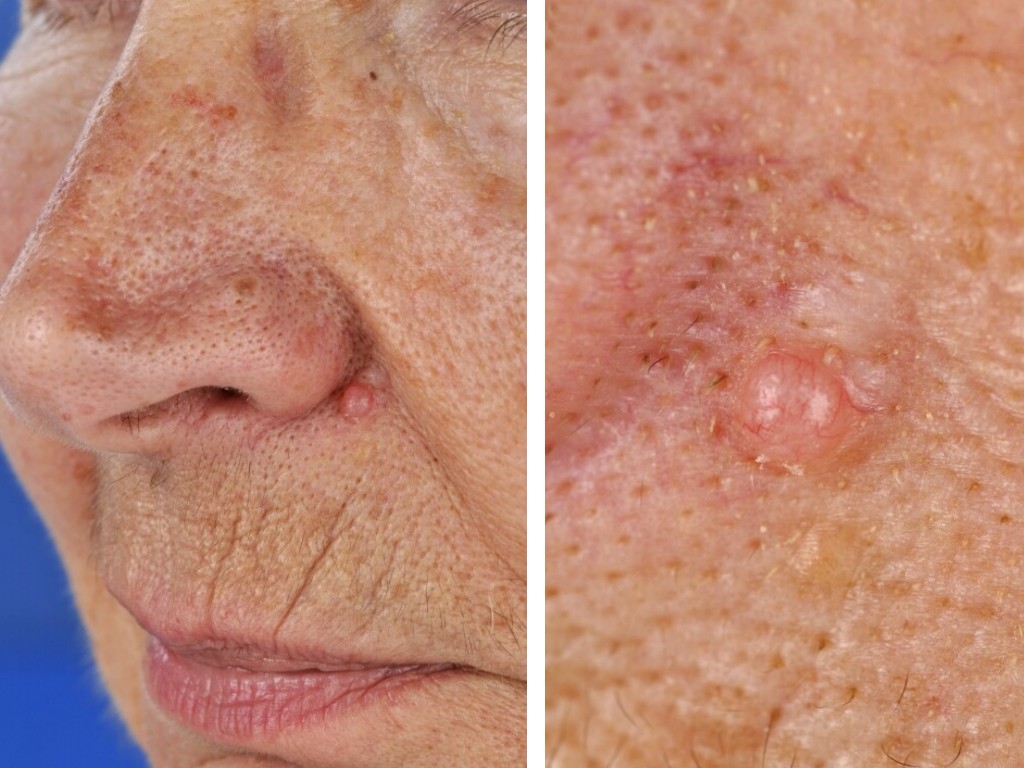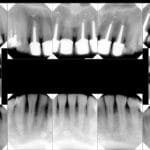Ever noticed a small, firm bump on your face, perhaps near your nose? It might be a fibrous papule. These common skin growths are harmless but can be a cosmetic concern. This guide provides comprehensive information about fibrous papules, from diagnosis to removal options and aftercare. Discover the transformative power of endosorb and unlock a radiant complexion with the rejuvenating jameliz facial, both designed to enhance your natural beauty.
Understanding Fibrous Papules
Fibrous papules are small, dome-shaped bumps, typically skin-colored or reddish-brown. They’re most commonly found on the nose but can appear elsewhere on the face. Composed of collagen and blood vessels, they’re benign and usually appear in young adulthood. While their exact cause remains unknown, some experts suggest genetic factors or environmental influences may play a role. Ongoing research may shed more light on their development.
Getting a Diagnosis
Suspect you have a fibrous papule? See a dermatologist. They can diagnose the bump through visual examination and, if necessary, a biopsy. A biopsy involves taking a small tissue sample for microscopic examination to confirm the diagnosis and rule out other skin conditions. Self-treating is strongly discouraged, as it can lead to misdiagnosis, infection, and scarring.
Exploring Removal Options
Several methods exist for removing fibrous papules, each with its own pros, cons, and potential for recurrence. Your dermatologist will recommend the most suitable option based on your skin type, the papule’s size and location, and your preferences.
Shave Excision
This quick, minimally invasive procedure involves using a sharp blade to remove the papule at the skin’s surface. While generally effective, there’s a moderate chance of recurrence and a possibility of minor scarring.
Electrocautery
This method uses heat to destroy the fibrous papule. It’s generally effective but carries a slight risk of scarring or skin discoloration.
Cryotherapy
Cryotherapy freezes the papule using liquid nitrogen. This relatively inexpensive method might require multiple treatments and has a moderate to high chance of recurrence.
Laser Treatment
Lasers offer precise removal, potentially minimizing scarring. However, laser treatment tends to be more expensive than other options.
Shave Excision with Cautery
This combines shave removal with cautery to seal the base, minimizing bleeding and potentially reducing recurrence risk. While generally effective, some scarring is possible.
Here’s a comparison table summarizing these methods:
| Removal Method | Pros | Cons | Likely Cost | Typical Recovery | Chance of Recurrence |
|---|---|---|---|---|---|
| Shave Excision | Quick, simple, minimally invasive | Might leave a small scar | Low to Moderate | Short | Moderate |
| Electrocautery | Effectively destroys the papule | Slight risk of scarring or skin discoloration | Low to Moderate | Short | Moderate |
| Cryotherapy | Can be done in-office | May need multiple treatments, higher chance of recurrence | Low | Short | Moderate to High |
| Laser Treatment | Precise, may minimize scarring | Can be more expensive | Moderate to High | Short | Low |
| Shave Excision with Cautery | Precise, minimal bleeding, may reduce recurrence | Requires proper aftercare to minimize scarring risk | Low to Moderate | Short | Low to Moderate |
Aftercare and Recovery
After removal, follow your dermatologist’s instructions for aftercare. This typically involves keeping the area clean, avoiding picking or scratching, and applying any prescribed ointments. Proper aftercare is crucial for minimizing scarring and preventing infection.
The Recurrence Question
Fibrous papules can sometimes recur, particularly after shave excision, electrocautery, and cryotherapy. While the exact reasons for recurrence aren’t fully understood, ongoing research suggests individual skin characteristics and environmental factors may play a role. Regular follow-up appointments with your dermatologist can help minimize this risk.
Should I Remove a Fibrous Papule Myself?
While it might be tempting to try removing a fibrous papule yourself, don’t. At-home removal methods like squeezing, picking, or using over-the-counter remedies can lead to infection, scarring, and misdiagnosis. Professional removal by a dermatologist is always the safest and most effective approach.
Over-the-counter treatments containing ingredients like retinol, salicylic acid, or tea tree oil may slightly reduce the appearance of fibrous papules but won’t eliminate them. These products primarily focus on exfoliation and improving the surrounding skin’s appearance, not actual removal. While tea tree oil is known for its antifungal and antibacterial properties, there’s no scientific evidence supporting its effectiveness in removing fibrous papules.
Cost and Insurance
The cost of fibrous papule removal varies depending on the chosen method and your location. It’s always best to discuss potential costs with your dermatologist and check with your insurance provider about coverage.
Why a Dermatologist is Essential
A board-certified dermatologist is crucial for accurate diagnosis, personalized treatment planning, and safe, effective removal. They can address your concerns, explain potential risks and benefits of each method, and guide you toward the best solution.
Can I remove a fibrous papule myself?
No, attempting at-home fibrous papule removal is strongly discouraged. While the internet may offer DIY solutions, these carry significant risks, including infection, scarring, and misdiagnosis. The delicate skin on your nose is particularly vulnerable to scarring. Professional removal by a dermatologist is the safest and most effective approach. They have the expertise and tools to accurately diagnose the bump and perform the removal procedure with minimal risk.
How do you get rid of fibrous papules over the counter?
Over-the-counter remedies may slightly improve the appearance of fibrous papules, but they won’t remove them. Products containing retinol, salicylic acid, or tea tree oil can exfoliate the skin, potentially making the papule less noticeable, but they don’t address the underlying issue. For actual removal, consult a dermatologist. They can diagnose the bump accurately and recommend the most appropriate professional removal method – such as excision, cryotherapy, electrocautery, or laser therapy – for your specific needs.
Does tea tree oil get rid of fibrous papules?
No, there’s no scientific evidence that tea tree oil effectively removes fibrous papules. While tea tree oil has antifungal and antiseptic properties, fibrous papules aren’t caused by fungi or bacteria. Therefore, applying tea tree oil is unlikely to have any impact on the papule itself. Professional removal by a dermatologist remains the most reliable method for getting rid of fibrous papules.
- Georgia Platform: A Southern Strategy, 1850s - March 31, 2025
- How many weeks is 40 days: Quick Conversion Guide for Accurate Results - March 31, 2025
- How many feet is 300 meters? 984 Feet: Understand Length Conversions Easily - March 31, 2025
















2 thoughts on “Fibrous Papule Removal: Your Guide to Effective Treatment Options”
Comments are closed.